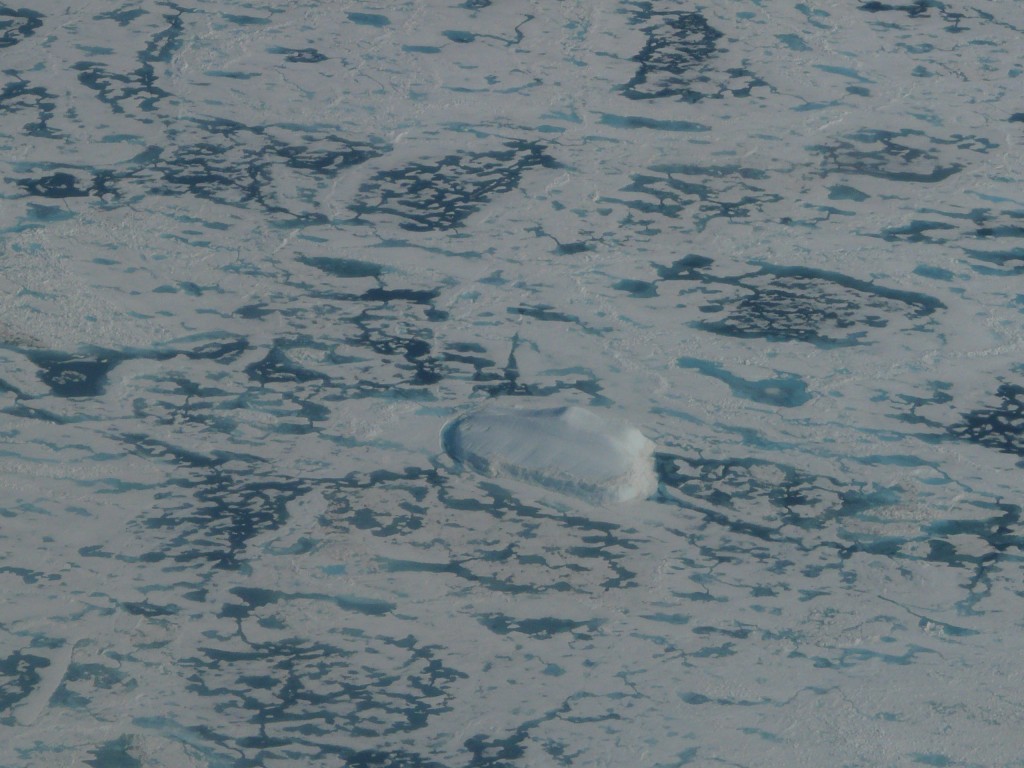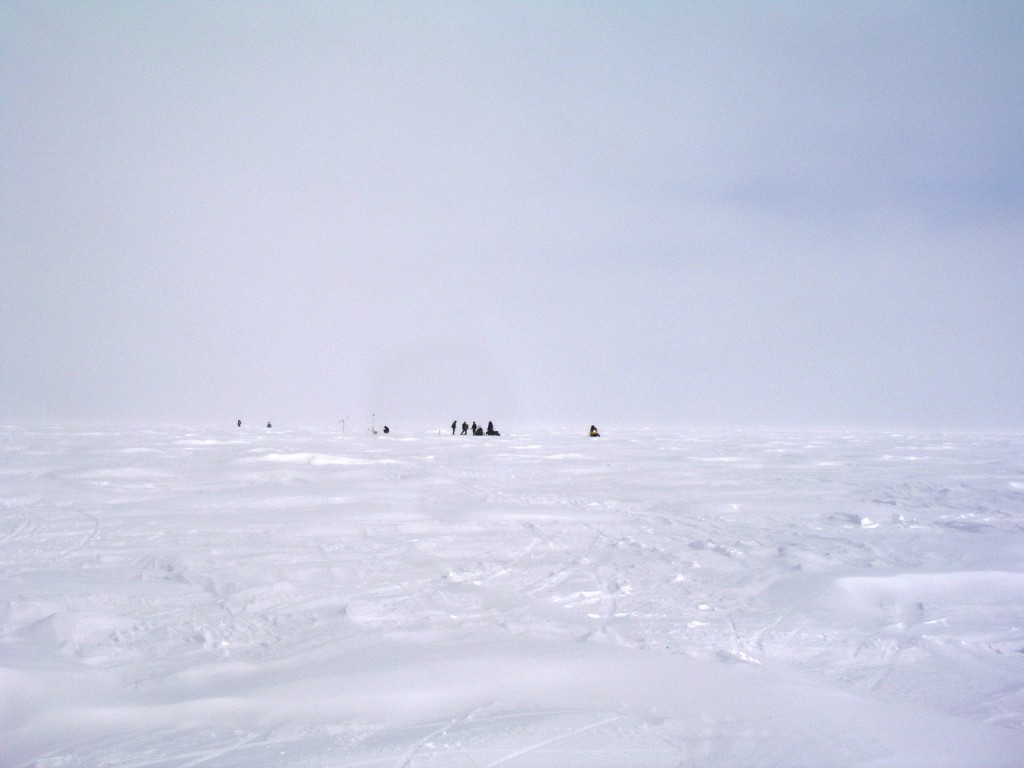Unbaking Alaska?
When I first went to Alaska in 2008, “Unbaking Alaska“ was the title of the reporting project on how climate change is affecting the region and what the world might be able to do about it. I had to explain the title to my German colleagues, unfamiliar with the “Baked Alaska” dessert, while my North American and British colleagues thought it was a quirky, witty little title.
This week, when I saw an article in the Washington Post entitled “As the Arctic roasts, Alaska bakes in one of its warmest winters ever”, I found the “dessert” had become a little stale .
The thing about “Baked Alaska” is that the ice cream stays cold inside its insulating layer of meringue. Unfortunately, all the information coming out of Alaska and the Arctic in general at the moment, suggest that the ice is definitely not staying frozen.
Too hot for comfort?
In the Washington Post article, Jason Samenow refers to this winter’s “shocking warmth” in the Arctic, some seven degrees above average. Alaska’s temperature, he says, has averaged about 10 degrees above normal, ranking third warmest in records that date back to 1925. Anchorage has found itself with a lack of snow.
“This year’s strong El Nino event, and the associated warmth of the Pacific ocean, is likely partly to blame, along with the cyclical Pacific Decadal Oscillation – which is in its warm phase”, Samenow writes. Lurking in the background is that CO2 we have been pumping out into the atmosphere over the last 100 years or so.
Sea ice on the wane?
Meanwhile, the Arctic sea ice is at a record low. Normally, in the Arctic, the ocean water keeps freezing through the entire winter, creating ice that reaches its maximum extent just before the melt starts in the spring. Not this time.
Yereth Rosen wrote on ADN on Feb. 24th the sea ice had stopped growing for two weeks as of Tuesday. He quotes the NSIDC as saying the ice hit a winter maximum on February 9th and has stalled since.
“If there is no more growth, the Feb. 9 total extent would be a double record that would mean an unprecedented head start on the annual melt season that runs until fall”.
This would be the earliest and the lowest maximum ever. Normally, the ice extent reaches its maximum in early or mid-March.
The most notable lack of winter ice has been near Svalbard, one of my own favourite, icy places.
The experts say it’s too early to say whether this is “it” for this season. There is probably more winter to come. But even if more ice is able to form, it will be very thin.
Toast or sorbet?
Coming back to those culinary clichés: Samenow in the Washington post writes of the second “straight toasty winter” in the “Last Frontier”. The links below his online article are listed under “more baked Alaska”. Amongst them I find the headline: “As Alaska burns, Anchorage sets new records for heat and lack of snow” and “Record heat roasts parts of Alaska”.
The trouble comes when these catchy titles become clichés and somehow stop being quirky.
Don’t we run the risk of not doing justice to the serious threat climate change is posing to the most fragile regions of our planet? Sometimes I worry that the warming of the Arctic is becoming something people take for granted, and, even more dangerous, something we can’t do much about. At times I sense a cynicism creeping in.
I for one will be keeping my oven-baked cake and chilled ice cream separate this weekend.
Is it possible to un-bake Alaska? Food for thought.
Picture gallery on “Baked Alaska” expedition.


















